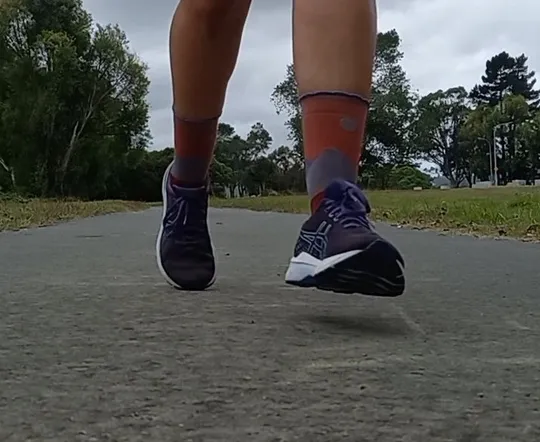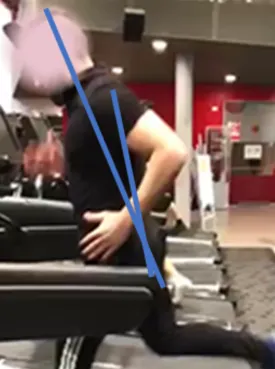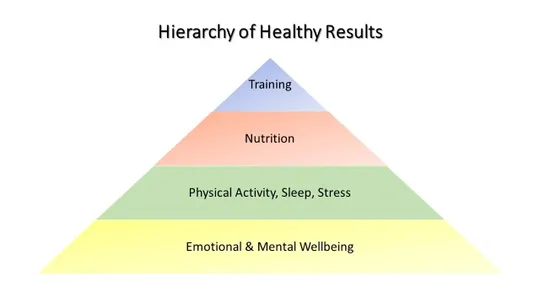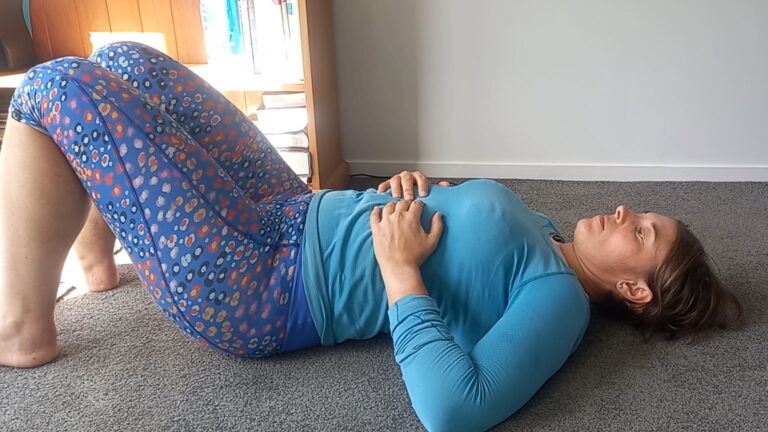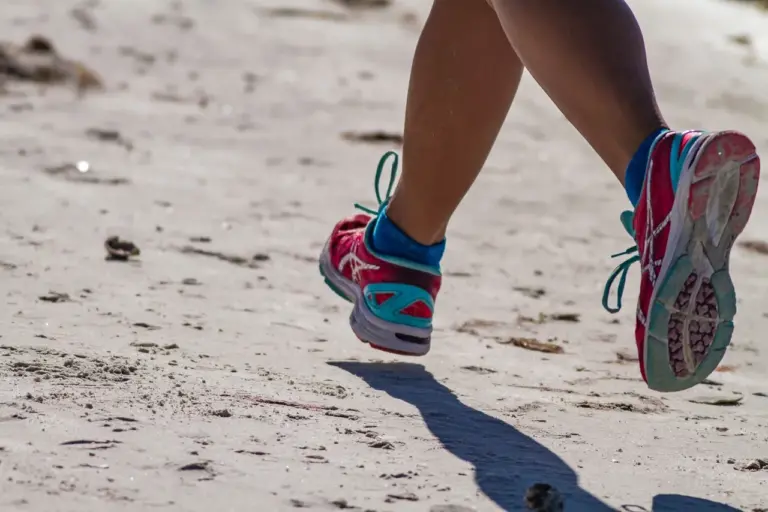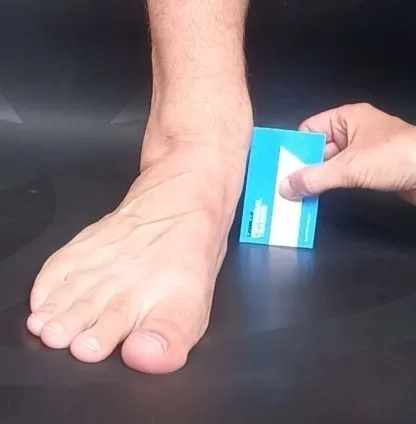There’s always been a lot of talk within runners around what’s best way to land forefoot or heel.
I want to be clear that in this write up I’m looking at foot strike from a running and jogging perspective and not during sprinting.
I want you to understand that our bodies especially our feet and lower legs have inbuilt mechanisms that help with absorbing the impact and forces generated when we run (aren’t our bodies clever). Our feet and legs have their own inbuilt cushioning system. As well as an elastic like recoil mechanism through our plantar fascia and Achilles.
This recoil system works by capturing the energy generated when our foot strikes the ground (recoils like a spring) then releases this captured energy springing up forward into our next stride.
Before we go further I want you to feel what it’s like to land forefoot and heel.
Have a go at this exercise:
Jump up and down 30-60sec on the ball of your foot.
Questions to answer:
- How did it feel?
- Did it feel efficient, even effortless?
- Did you feel a sense of springiness?
Now jump and down on your heels
- How did it feel?
- Did it feel hard/rigid/quite tiring?
- Was it jarring through the body? Find it hard to land softly.
Forefoot allows the body to more efficiently land on the ground and transfer the energy generated. When landing through the forefoot the body can land softer (with practice) which results in a transfer of less ground impact meaning less jarring and impact on our bodies, aka less stress.
Heel striking the recoil mechanism can’t capture the same amount of energy during ground contact. To minimise the impact and jarring further up the body, you end up decelerating. Without this declaration the body is landing with higher amount of force, 2-3 times the stress going into the lower part of our legs (below the knee).
52% of the absorbed stress comes from below the knee, which is why runners that heel strike have a higher number of knee injuries.
Want to shift to a forefoot strike:
Currently heel striking and wish to change to a forefoot strike, you need to take somethings into consideration. Your body performs and responses and has adapted a certain way. Making big changes to your body position can create addition problems, e.g. other compensations or overloading. Your front of the foot wont been conditioned to take the loading you’re considering putting through it.
To start, suggest reducing to stride length which will help reduce the level of declaration needed and a side result your cadence will increase.
You will need to do this slowly and in short periods, don’t try to do an entire run landing forefoot.
You also need to prime and condition your feet (get your toes, ball of foot, calves, and Achilles) used to absorbing the generated energy.
Here are some suggested exercises you can perform to help your feet get used to the new way of loading your lower legs.
Note: forefoot striking is landing through the front of the foot (ball of foot and toes). You do not want to be solely landing on your toes this is more of a sprinting action. It will be too much impact for your toes and will likely, result in too much load going into your tibia posterior. Which can result in medial shin splints.
From a function and efficiency perspective. A forefoot strike will allow a more efficiency within your running. As I said earlier changes need to be made gradually and overtime. You will likely need to look at any current strength and conditioning and modification may be required.
Happy running!


